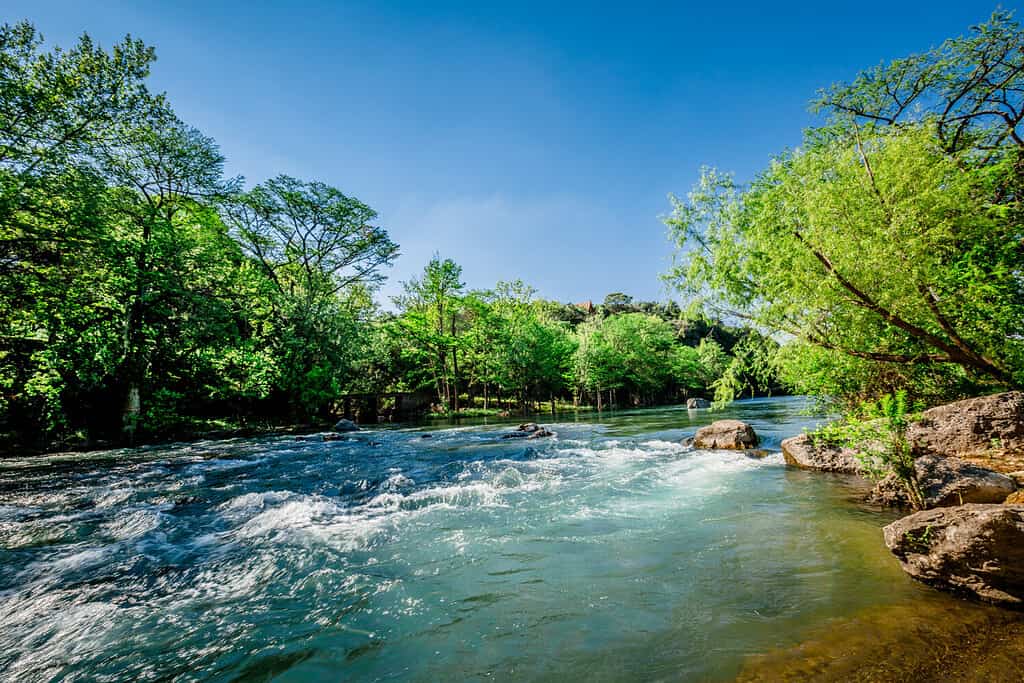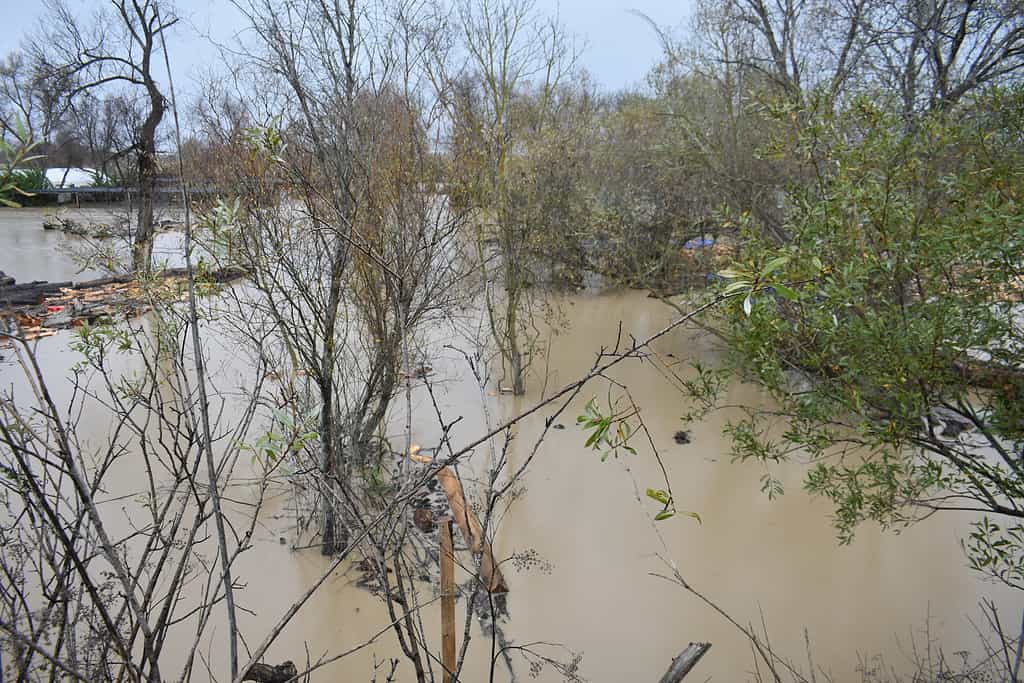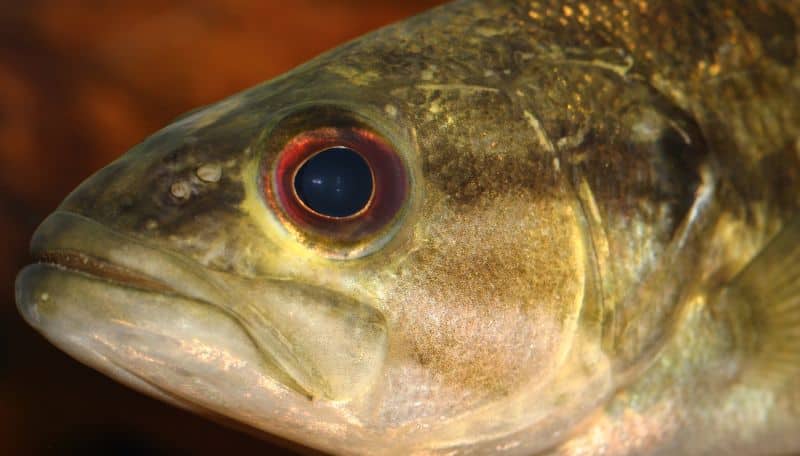Discover 8 Amazing Facts About the Guadalupe River
Rivers hold a lot of meaning to people and cultures. In Texas, the Guadalupe River is an important river that has been used for all sorts of things over the years. From its heritage for native people groups who lived in the area to its current use as a fishing and recreation ground, there is a lot to this important waterway! Today, we will look at the Guadalupe River and learn some of the most interesting facts we can about it. Let’s get started and learn all about the Guadalupe River!
The Patron Saint of Mexico

©JaDipity/Shutterstock.com
The river was originally named after Our Lady of Guadalupe, who happens to be the patron saint of Mexico. It was named by Alonso de Leon in 1689 when the territory was explored by the Spanish, before the United States owned the land. So far, the name has been around for over 300 years!
Ancient Habitation
Although the Guadalupe River was named by Alonso de Leon and has the same name today, it has a history that well predates Spanish settlers. In fact, humans have been living around the shores of the Guadalupe for several thousands of years, with some researchers even claiming time frames of up to 12,000 years ago. Various tribes inhabited the area, including the Coahuiltecans, Tonkawas, Karankawas, Lipan Apaches, and Comanches. Even still, these tribes were only the ones that were found by explorers and are, by comparison, extremely new when looking at the overall timeline of humans in the area. The earliest record of human habitation dates back to the Archaic era via small artifacts found by archeologists.
The Flood of 1987

©Athena345T/ via Getty Images
Unfortunately, the Guadalupe River was also the site of a deadly flood that occurred in 1987, where 10 children died. The flood was caused by a series of thunderstorms that dumped 5-10 inches of rain in the upper headwaters of the river basin, creating a massive flood wave that stalled a bus as it was trying to leave a church camp. As the kids tried to escape the bus, a surge came down the river and swept them away. Thirty-nine kids were swept away, and nearly a quarter of them were not able to be rescued.
230 Miles From End to End
The upper part of the Guadalupe River begins in a region known as the “Texas Hill Country” where it is smaller and faster, more like a stream. It is formed by two forks known as the North Fork and South Fork Guadalupe Rivers, before heading southeast towards the coast. The lower regions of the river begin at the outlet of Canyon Lake, and the region between the Canyon Dam and the city of New Braunfels is extremely popular for rafting, kayaking, and other boating activities. Near Tivoli, the San Antonio River meets it, and then it forms a large delta region, eventually ending up in the San Antonio Bay Estuary at Guadalupe Bay. From end to end, the river is listed as 230 miles.
Boating, Tubing, and Fishing
By and away the most common use of the Guadalupe River is for recreation and a bit of fun. There are a ton of opportunities for whitewater rafting and kayaking, with some rapids open for most skill levels. The most popular region for non-motorized boating is between Canyon Dam and New Braunfels, although many other parts of the river are used. On top of the boating, recreational fishing is also extremely popular. The centralized location of the river (between San Antonio and Austin) helps to keep it a popular destination for most of the year.
A Whole Lot of Native Wildlife

©Clinton & Charles Robertson from Del Rio, Texas & San Marcos, TX, USA / CC BY 2.0 – License
Rivers are always hotspots for life, and the Guadalupe is no different. In fact, the dry and arid nature of much of Texas means that plants and animals especially rely on these rivers to survive. The river has over 100 species of fish, with some of the most common being rainbow and brown trout, largemouth and smallmouth bass, catfish, and sunfish. There are also plenty of birds, including herons, egrets, kingfishers, hawks, and bald eagles. Mammals, reptiles, and amphibians like deer, turtles, and frogs live along the shores. Overall, rivers like the Guadalupe support thousands of species, many of which only live in the area (like the Guadalupe bass!).
The Texas Water Safari
The Guadalupe River is part of a 260-mile canoe course named the Texas Water Safari! Each year, the race starts in San Marcos and ends in Seadrift and is known to be extremely tough. The race was first held in 1963 and continues to be held to this day (despite some COVID-19 setbacks).
Dam-Controlled Flow
Nowadays, the Guadalupe isn’t naturally running in the way that we normally think of for a river. The entire system has several dams and reservoirs built for certain things, whether it’s flood control, drinking water, or power generation. In fact, Canyon Lake was created as a result of a dam and has become an essential part of Texan infrastructure (and recreation) to this day!









